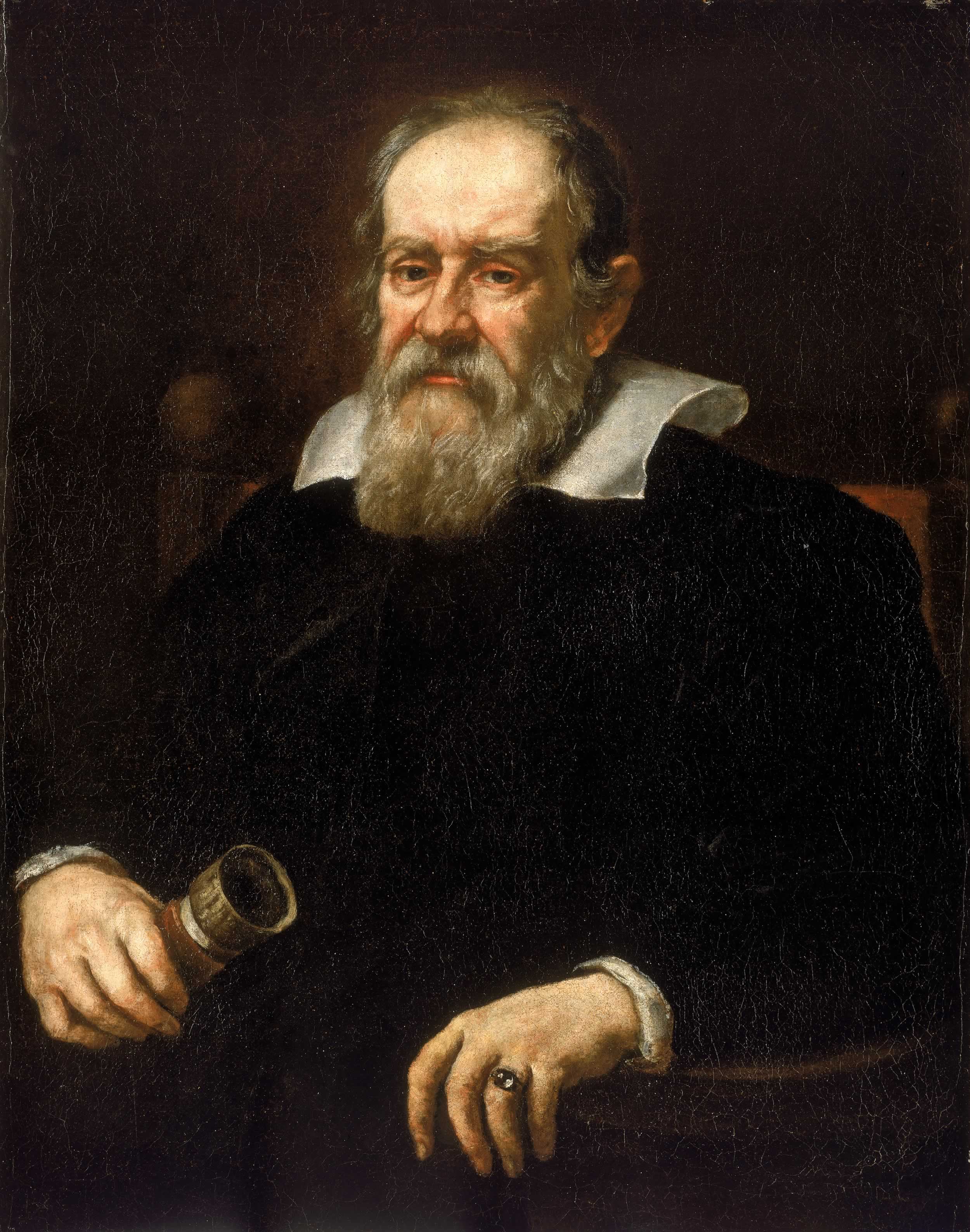Known as the “Father of Modern Astronomy,” “Father of Modern Physics,” and “Father of Modern Science,” Galileo Galilei led mankind in a great many discoveries, even that there were more planets to the cosmos than the five that had been charted since ancient times. While principally supported by patrons, he also had side-incomes from improving compasses and building telescopes. It was with his telescopes that Galileo would discern many secrets of the universe.
In January of 1610, Galileo discovered the four Galilean moons of Jupiter, the first solid description of a celestial object orbiting another. He at first took them for stars, but careful calculation proved that they were, in fact, moons like our own. It called into question the Aristotelian geocentric cosmos that has always been accepted, even with the understanding of a round Earth. That September, he discovered the phases of the planet Venus, which would fully discredit Aristotle and launch a new design by astronomical Tycho Brahe with a fixed Earth being orbited by the Sun, around which Mercury and Venus orbited.
Galileo became a celebrity around Europe and received many graces in Rome, especially from the Catholic Church who applauded his study of the wonders of Creation. Galileo, however, had opinions outside of the Church-recognized Tychonic system and pushed for recognition of a heliocentric universe. He searched for a way to prove the theory and constantly studied the skies.
In late 1612, Galileo came across another celestial object he took as a dim fixed star. A month later, he observed it again, and the star came to fascinate him. Over coming months, he watched it carefully, seeing it move ever so slightly that he could not be certain of his instruments. After some time, it became obvious that the star was moving in retrograde, meaning it had to be a planet like Mars or Jupiter. While Galileo felt certain that was the cause, his principles of observational science forced him to note that it may also have been a comet.
He busied himself with studies of sunspots and lunar mountains, but the strange “star” haunted him. Swallowing his pride, he took to the German Johannes Kepler’s suggestion of a convex lens as the eyepiece rather than Galileo’s concave one. The viewer suffered an inverted image, but the improved image astounded Galileo. During their correspondence on light refraction, Kelper was also able to convince Galileo of the lunar cause of tides, something Galileo always found fictitious as the tides were supposedly due to the movement of the Earth.
As Galileo was coming to appreciate the works of other scientists in his age and being baffled by what he would later recognize as the rings of Saturn, he wrote of new humility in letters to his daughter Virginia, now Sister Maria Celeste. Still, he felt that science must be kept pure, and he approached Rome in defense of Copernican ideals. Galileo was ordered by Cardinal Bellarmine and the Inquisition not to hold or defend heliocentrism. Admitting that without solid proof both were guesses, Galileo decided to treat the Sun-centered universe as a hypothesis, just as he would hold the Earth-centered one.
In 1619, Galileo came into a long discussion with Father Orazio Grassi of the Jesuit Collegio Romano about the nature of comets. While he felt great frustration with what he saw as incorrect science, Galileo methodically and politely arranged the discussion until finally admitting the planet he had been charting for nearly seven years. The Jesuits were shocked at the news, and Galileo conceded that the universe was much deeper than he had imagined, even accepting that comets were more distant than the moon.
Astronomers checked on Galileo’s planet, and confirmation came from various astounded sources. Rome again applauded the great Galileo, who named the planet Uranus after Saturn’s father. Riding his fame, Pope Urban VIII asked Galileo to write a discussion of heliocentrism, which he did in 1632’s Dialogue Concerning the Two Chief World Systems. The book stands as a model for fair and objective science to this day, ending with the conclusion that, excepting to fly up into the sky and look down on Earth’s foundations (if any), the question would be solved by discerning parallax of the fixed stars in the sky as Earth rotated around the Sun.
Such a feat would require a telescope of incredible magnitude and precision, and astronomers would quest for another century to find one. In the meantime, yet another planet would be discovered, this one closer than Galileo’s Uranus. English astronomer John Flamsteed would dub it “Nox” in 1690.
–
In reality, Galileo would note the “dim star” but not notice it sufficiently. He would be notoriously bigoted about his scientific opinions, scoffing at Kepler and Grassi, even though they were correct about tides and comets, respectively. His opinions clashed with those of the Church, and Galileo would be forced to recant heliocentrism and spend the rest of his life under house arrest. Uranus would be mistaken by John Flamsteed as a star and not determined as a planet until William Herschel in 1781. Neptune, though observed by Galileo, would not be discovered until 1846 by Johann Galle.

Neptune is considerably further from the Sun than is Uranus. And Tycho died in 1601. This AH having him live at least to 1612 would have meant Kepler did not publish his first two laws in 1608, and he likely would not have ever become Imperial Astronomer to the Holy Roman Emperor, retarding acceptance of planetary elliptical orbits around the Sun.
ReplyDelete